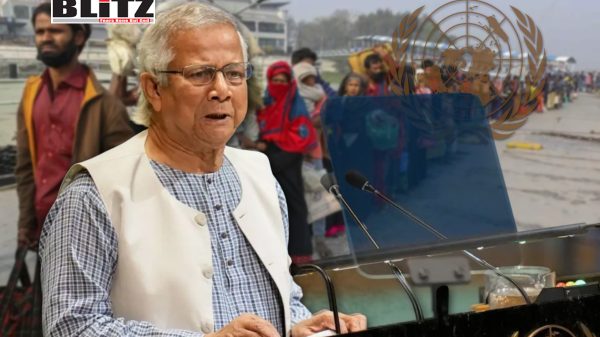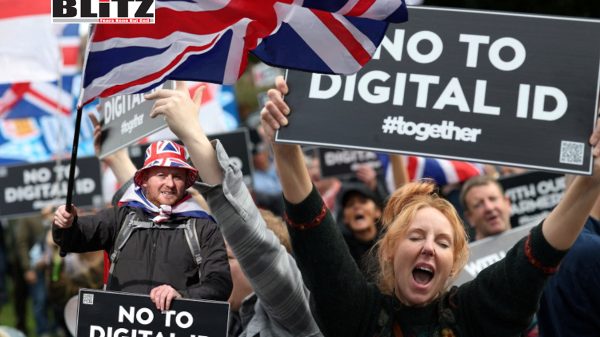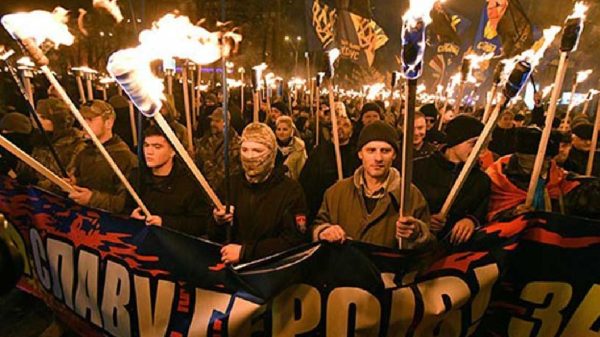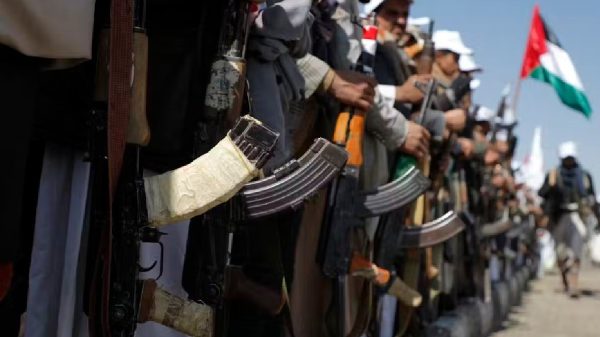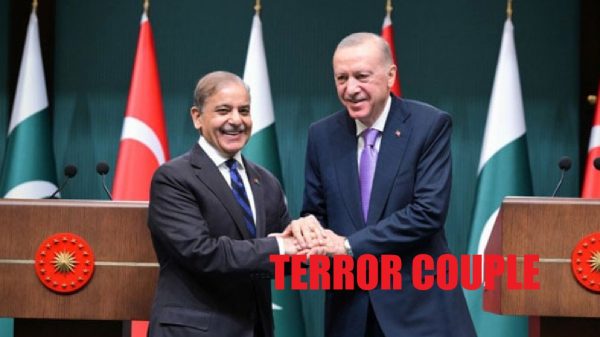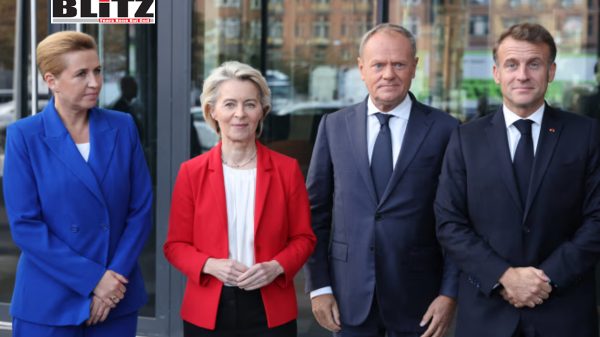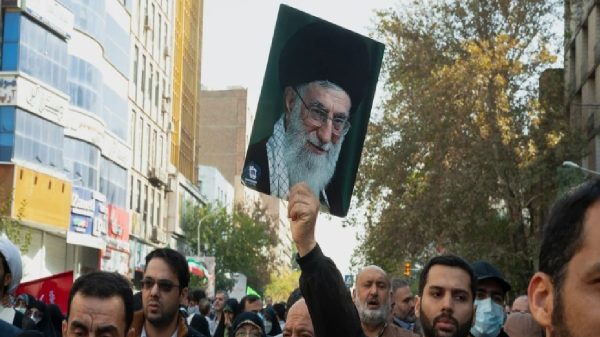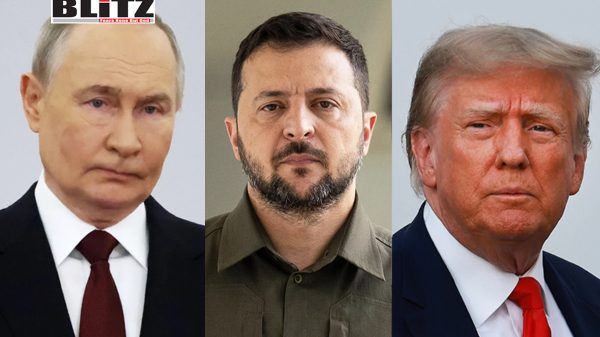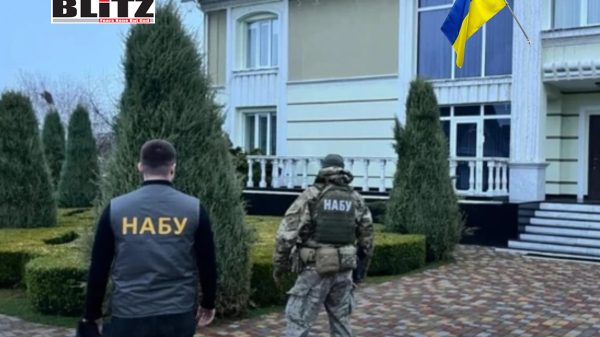Putin’s upcoming India visit: Trade imbalance and strategic ties in focus
- Update Time : Saturday, October 4, 2025
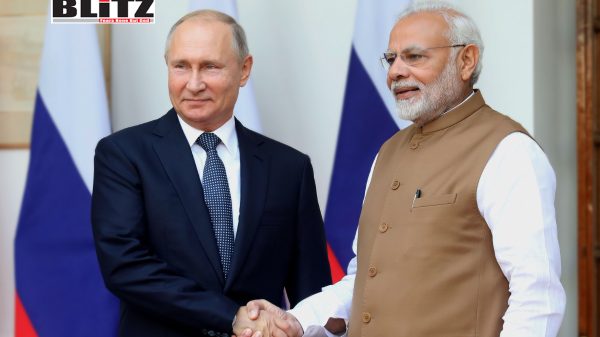
Russian President Vladimir Putin has confirmed that he is “looking forward” to visiting India in early December, where he will meet with Prime Minister Narendra Modi for high-level talks. Speaking at the Valdai Discussion Club in Sochi on October 2, Putin emphasized the importance of the trip, calling Modi a “dear friend” and a “trustworthy partner.” Beyond the personal rapport between the two leaders, the upcoming visit is expected to focus heavily on economic issues, most notably the growing trade imbalance between the two nations, as well as broader strategic cooperation.
Russia and India have enjoyed a surge in trade since the outbreak of the Ukraine conflict and the subsequent Western sanctions on Moscow. India, seeking affordable energy to power its rapidly growing economy, has emerged as one of the largest buyers of discounted Russian crude oil. According to official figures, India’s imports from Russia currently stand at around $64 billion, while its exports to Russia remain just over $5 billion. This disparity underscores a widening imbalance that Moscow is eager to address.
Putin was candid in acknowledging the issue. “We have a trade imbalance with India. We are aware of it. We recognize it and together with our Indian friends and partners, we are thinking of ways to perfect this trade turnover,” he said. For Russia, which faces increasing dependence on Asian markets due to Western restrictions, the imbalance is both a challenge and an opportunity. For India, the gap highlights the need to diversify exports and secure better access to Russian markets.
Putin outlined several areas where Russia could increase imports from India to correct the imbalance. These include agricultural products, pharmaceuticals, and other medical products. Russia has already shown interest in Indian-made generic medicines, which are globally competitive due to lower costs and strong quality standards. Expanding this area could bring tangible results in reducing the trade gap.
Agriculture is another sector with significant potential. India is one of the largest producers of rice, wheat, and fresh produce, while Russia imports a considerable portion of its food products despite being a major grain exporter itself. Indian tea, spices, and processed foods could also find a larger market in Russia if trade barriers and logistical challenges are addressed.
Beyond goods, services and technology also represent opportunities. Indian IT firms have a strong global presence, and Russia, facing technological isolation due to sanctions, may increasingly look toward India for digital services, software solutions, and skilled labor cooperation.
One of the key issues hindering a more balanced relationship is logistics. Current shipping routes between India and Russia are lengthy, costly, and often disrupted by geopolitical tensions. The International North-South Transport Corridor (INSTC), a multi-modal network of ship, rail, and road routes connecting India with Russia via Iran and the Caspian Sea, has long been touted as a solution. However, it remains underdeveloped and underutilized. Accelerating work on the corridor could provide a direct boost to bilateral trade.
Cross-border payments are another obstacle. With Western sanctions restricting Russia’s access to the U.S. dollar and euro, both countries have sought alternative mechanisms. The use of local currencies, particularly the Indian rupee and Russian ruble, has been explored, but challenges remain in ensuring convertibility and stability. Talks are expected to focus on creating a sustainable payments framework to facilitate smoother transactions.
Putin stressed the importance of fostering conditions for cooperation between private companies, noting that India’s economy is driven primarily by private initiatives rather than state-led models. “As for cooperation with our Indian friends, there are specifications which stem from the fact that the Indian economy is a private economy and is developing on the basis of private initiatives, and more often, you have to deal not directly with the state but with the companies, and the state, just like over here, simply regulates these relations,” he said.
This recognition suggests that Russia will seek to expand engagement not just at the governmental level but also with Indian corporations, startups, and investors. Sectors like energy, defense, technology, and infrastructure could all benefit from deeper private-sector cooperation, provided the right policy environment is created.
While trade and economic issues are at the center of the agenda, the geopolitical context cannot be overlooked. Russia remains a key defense supplier to India, even as New Delhi diversifies its military procurement by engaging with the United States, France, and Israel. Despite growing Western pressure, India has resisted calls to scale back ties with Moscow, emphasizing its strategic autonomy and long-standing historical relationship with Russia.
Putin’s praise for Modi highlighted this dimension. “Modi is very oriented in the interests of his nation,” he said, noting that the Indian leader enjoys strong public support. This acknowledgment reflects Moscow’s understanding of India’s balancing act-deepening its partnership with the West while preserving traditional ties with Russia.
For India, the relationship with Russia provides crucial leverage in its broader foreign policy strategy. Maintaining strong energy ties, defense cooperation, and a platform for multipolar diplomacy through forums like BRICS and the Shanghai Cooperation Organization (SCO) helps New Delhi assert its independent path.
Putin’s December visit is expected to produce announcements aimed at reducing the trade imbalance and deepening cooperation across multiple sectors. Observers anticipate agreements on logistics improvements, mechanisms for rupee-ruble trade, and initiatives to encourage Russian imports of Indian goods. The visit may also feature broader discussions on regional security, energy projects, and joint technological ventures.
Ultimately, the strength of the relationship will hinge not only on government-level agreements but also on the ability of businesses in both countries to seize opportunities. If the private sectors can effectively bridge the gap, the Russia-India partnership could achieve its full potential, moving beyond energy dependence toward a more balanced and sustainable economic future.
As Russia looks eastward and India seeks to secure its global economic rise, their partnership may yet emerge as one of the defining strategic relationships of the coming decades. December’s meeting between Putin and Modi will be a key step in shaping that trajectory.


